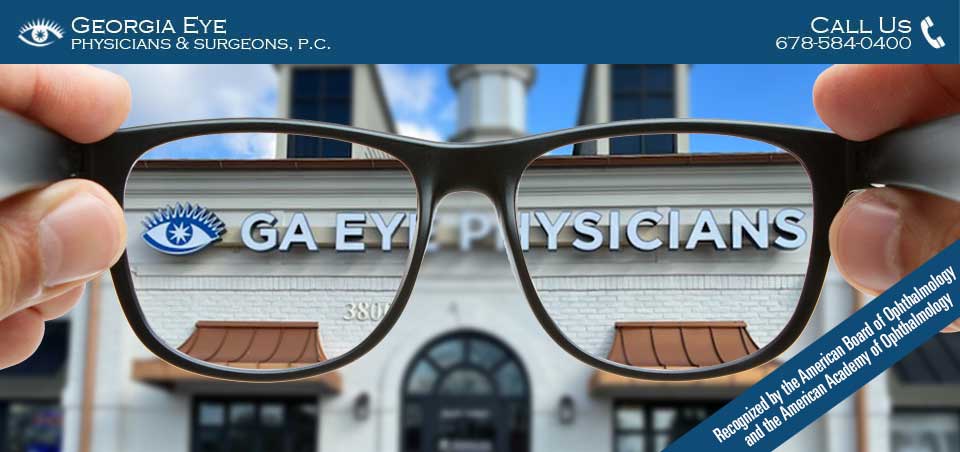How Do Eyes Really Work?
For the vast majority of us, our eyes play a vital role in just about every waking moment. It’s easy to take these little organs for granted, and not give a thought to exactly how or why they do their job so well. However, understanding how the eyes work can provide valuable insight into the various conditions that can impair eyesight and give us clues on how to effectively treat them.

After passing through the aqueous humor, the light reaches the colored portion of the eye that surrounds the pupil, or iris, which expands or contracts in response to prevailing light conditions in order to regulate the amount of light passing through the pupil. From here, the light passes through the lens, which focuses light on the back of the eye like the lens of a camera. Tiny muscles constantly flex and relax to adjust the shape and thickness of the lens, so that the eye can change focus between objects at many different ranges. As we grow older, cataracts can gradually begin to develop, clouding and darkening the lens until vision is lost altogether. This may require that the effected lenses be replaced with artificial intraocular lenses during laser cataract surgery.
After traveling through the lens, the light is focused, like a projection on a movie screen, onto a thin layer of tissue at the back of the eye called the retina. The retina is made up of millions of tiny photoreceptive, or light-sensing, nerve cells called rods and cones. Cones, which are concentrated in the macula at the center of the retina, provide clear, sharp central vision and detect colors and fine details. Rods, located outside the macula and extending all the way to the outer edge of the retina, allow the eyes to detect motion and help us see in dim light and at night. Hypertension or diabetes can cause the delicate blood vessels supplying nutrients to these nerve cells to become damaged, resulting in another potentially serious condition called retinopathy. Although there is no cure for retinopathy, numerous treatment options exist to help slow its progression.
Finally, the light stimulates these photoreceptors to produce an electrical signal, which is sent along the optic nerve to the visual center in the back of the brain. The brain then interprets these signals to create a complete image. We examine patients daily for these eye conditions and more. If you have questions about the function or diseases of the eye, or would like to schedule an appointment for an eye exam, please contact Georgia Eye Physicians and Surgeons today to make an appointment. Be sure to follow us on Facebook, Twitter, and Google+ for more tips for healthy eyes.












